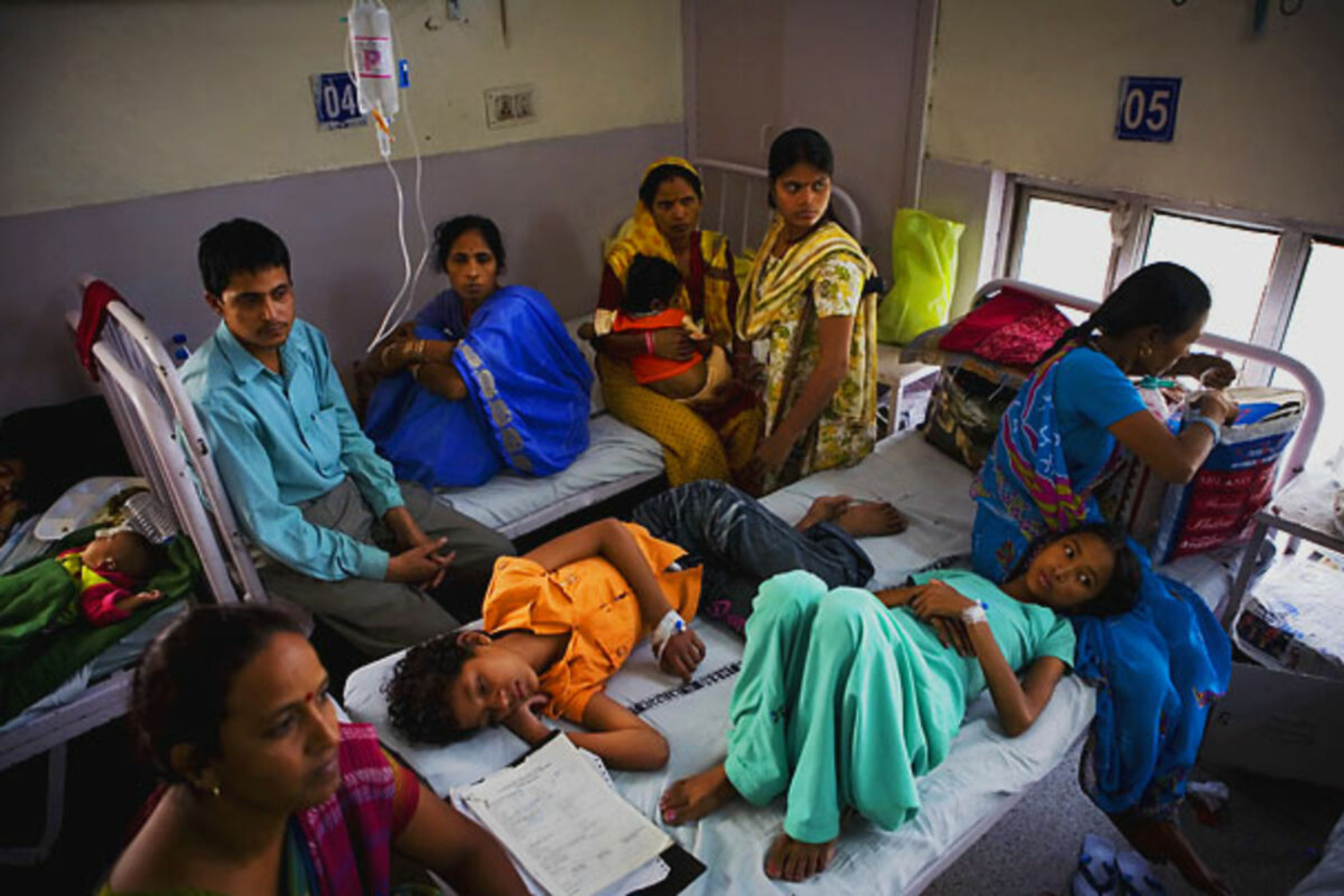Mounting disparity
The Oxfam report on inequalities in healthcare access in India across the socio-economic spectrum points towards an alarming situation

Oxfam India recently released a report on inequality prevailing in the healthcare sector. Its findings are shocking and frightening. As per the report, people from the unreserved category are in a better position than those belonging to Scheduled Castes and Scheduled Tribes in terms of availing healthcare facilities. The condition of Hindus is better than that of Muslims. The rich are getting better health care than the poor. Even though there have been discussions of bringing equality between men and women for a long time, men are still far ahead of women in terms of access to healthcare. The report also highlights an unequal distribution of healthcare across various regions in the country. For example, the urban population is getting better access to health services than the rural population.
The Oxfam India report states that in absence of health insurance, the health condition of the vulnerable and disadvantaged sections is worse. The scope of insurance schemes offered by the Central and state governments is very limited in the country. Poor people in villages die before reaching the hospital due to a lack of timely treatment, as there is still a lack of primary healthcare centres in rural areas. Lack of infrastructure in rural India is another reason. Road connection hasn't reached all the villages in the country yet. Villagers are also deprived of electricity and water facilities. Owing to the pandemic, people from economically and socially weaker sections have died more in recent months; inequalities have also increased among people at social and economic levels.
The Oxfam India report says that 65.7 per cent of the general category households have improved toilet facilities in the past months. Now they do not have to share toilets with anyone. The corresponding figure among Scheduled Tribe & Scheduled Caste households is only 25.9 per cent. Additionally, more than 12.6 per cent of children in scheduled caste households did not have physical growth as compared to the children from the general category. The number of children who die before the age of five is three times higher in the homes of the bottom 20 per cent of the population compared to the top 20 per cent of the population.
The Oxfam India report also found out that the availability of food in hospitals under the Integrated Child Development Service is 10 per cent lower for Muslim households than for Hindu households.
The second wave of the pandemic has exposed the shortcomings of India's public health services in a big way. According to the 2017 National Health Profile, there is only one government allopathic doctor for every 10,189 people and one government hospital for every 90,343 people. India has 0.5 beds in hospital for every 1,000 population, which is below less developed countries like Bangladesh (0.87), Kenya (1.4), and Chile (2.1).
The Oxfam India report shows that, over the years, the expected efforts have not been made to strengthen the government health infrastructure. Between 2010 and 2020, the number of hospital beds for every 10,000 population has decreased from nine to five. India ranks 155th among 167 countries in terms of hospital beds availability and has only five beds and 8.6 doctors for a population of 10,000.
According to the Oxfam India report, only 40 per cent of the beds are available in the country for rural areas where about 70 per cent of the country's population lives. During the second wave of the pandemic, due to weak health infrastructure, one out of two patients infected with the virus was from rural areas. Although India's overall health indicators have improved over the past few decades, the same cannot be said to be substantial. Better health systems have helped increase life expectancy but, due to inequality in gender, caste, and income levels, it has benefited only a limited number of people. Oxfam India report says that the rich live an average of seven years and six months longer than the poor. A woman in the general category lives on an average 15 years longer than a woman belonging to the other categories. There has also been a significant improvement in the infant mortality rate over the years. But again, the infant mortality rate is higher among Dalits, Adivasis and other backward classes as compared to the general category.
The report also says that every year 60 million people become poorer due to their expenditure on the health sector. However, India ranks 154th in terms of health expenditure, which is fifth from the bottom. In the Union Budget presented for the financial year 2021-22, the Ministry of Health and Family Welfare made a total allocation of Rs 76,901 crore for the health sector, which is 9.8 per cent less than the revised estimate of Rs 85,250 crore for the financial year 2020-21.
Oxfam India report articulates that the states that spend more on health have a smaller number of patients infected with Coronavirus and a larger number of recovered patients.
The report shows that the healthcare situation in India is very bad. To fix it, the government will have to strengthen the health infrastructure on a priority basis. However, a major reason for the unequal distribution of health services in India remains the inequitable socio-economic structure of the country. For this reason, the condition of Scheduled Castes, Scheduled Tribes, women, rural population etc. in the country is also bad in other areas. The government has to make efforts for the inclusive development of the country. Together, everyone, at all levels of society, has to be made aware to remove the social evil of inequality prevailing in the society.
Views expressed are personal



